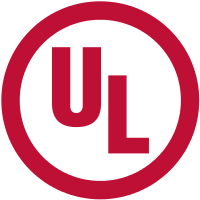Rapidly Renewable Content Environmental Claim Validation (ECV)
UL Environment’s Rapidly Renewable Content Environmental Claim Validation (ECV) verifies that a product contains material that has a harvest cycle of fewer than 10 years. Definition UL Environment’s Rapidly Renewable Content ECV validates through audit that a product’s content is rapidly renewable with a harvest cycle of fewer than 10 years. Examples of rapidly renewable content include corn, cork, bamboo and wool. Under the ECV criteria, rapidly renewable content is clearly defined, carefully measured and thoroughly vetted so that manufacturers and their customers can understand the environmental significance of their claim. Benefits The U.S. Green Building Council’s Leadership in Energy and Environmental Design (LEED) calls for the use of rapidly renewable content in interior spaces, and awards credit for specifying rapidly renewable materials in buildings. Manufacturers whose products have achieved UL Environment’s Rapidly Renewable Content ECV are able to demonstrate their qualifications through a trusted third-party source. UL Environment’s ECV badge communicates to customers and prospects that products have been independently validated to have been manufactured and/or perform in accordance with its rapidly renewable content claims. By earning an ECV for rapidly renewable content, manufacturers can also demonstrate their commitment to sustainability to savvy consumers demanding green productsVisit the UL International (UK) Ltd website for more information on Rapidly Renewable Content Environmental Claim Validation (ECV)






